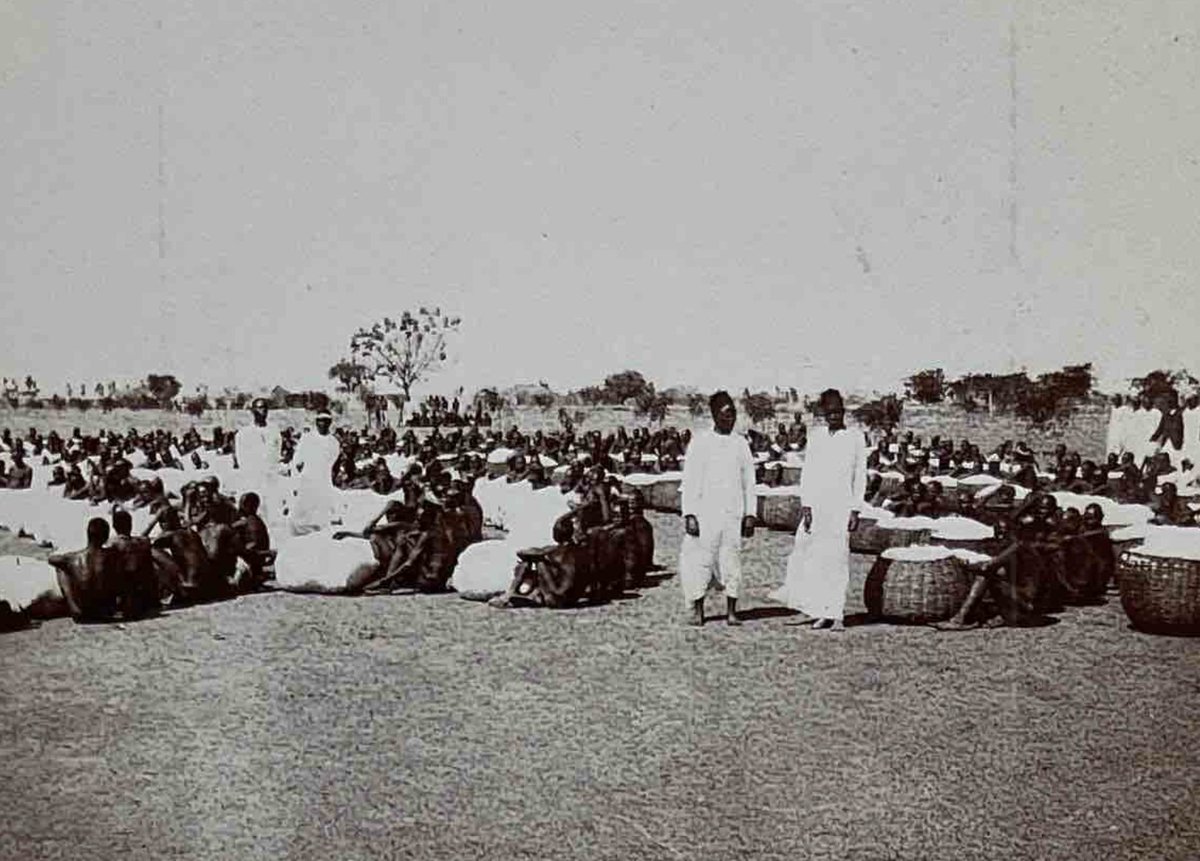What did logistics look like on UG's Independence Day? @PoliceUg worked incredibly hard to create a list of emergency nos., travel tips, general security guidance, & road contingencies. To guide spectators, they published the following booklet in the Uganda Argus. #UgandaAt59 1/7 

• • •
Missing some Tweet in this thread? You can try to
force a refresh






















